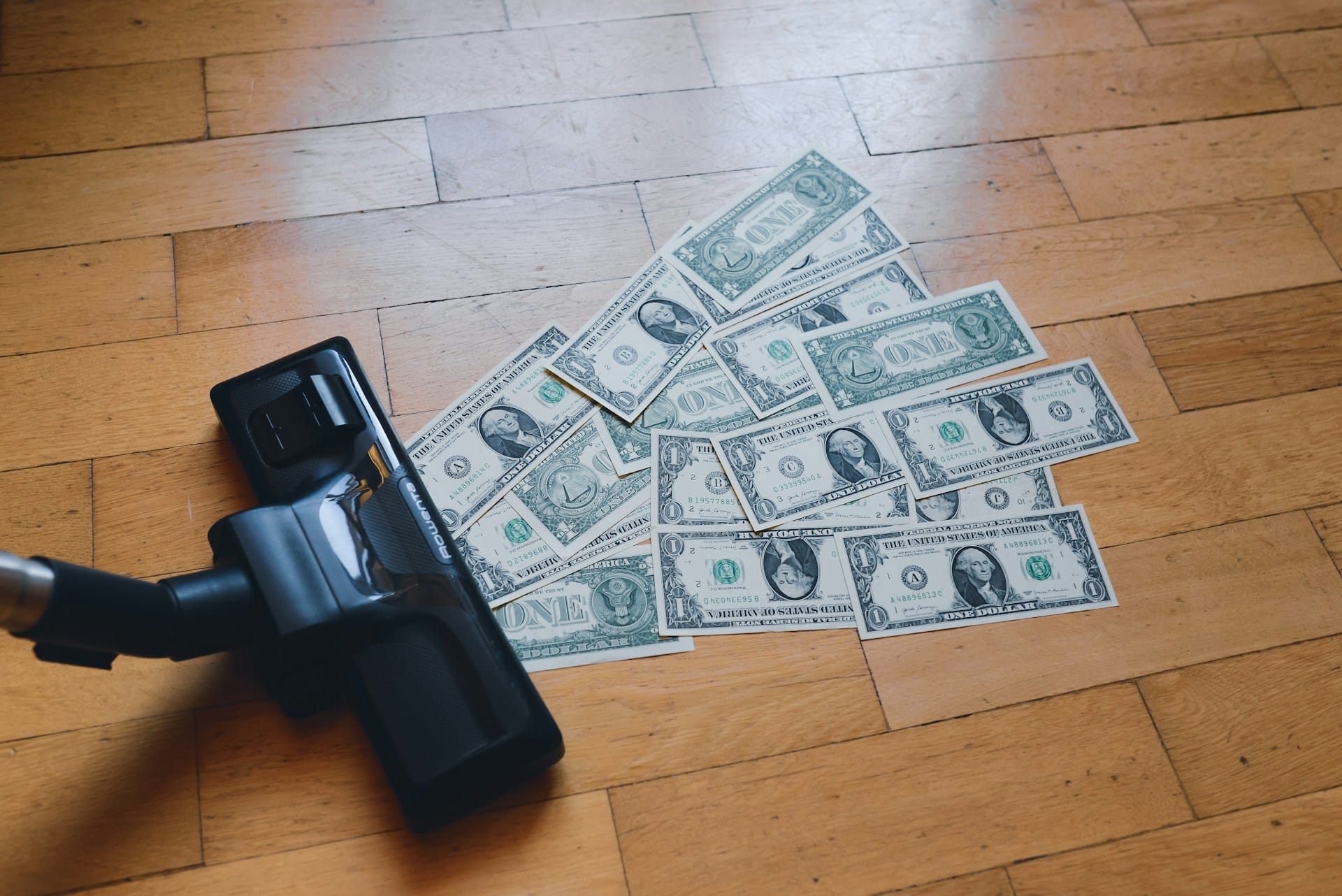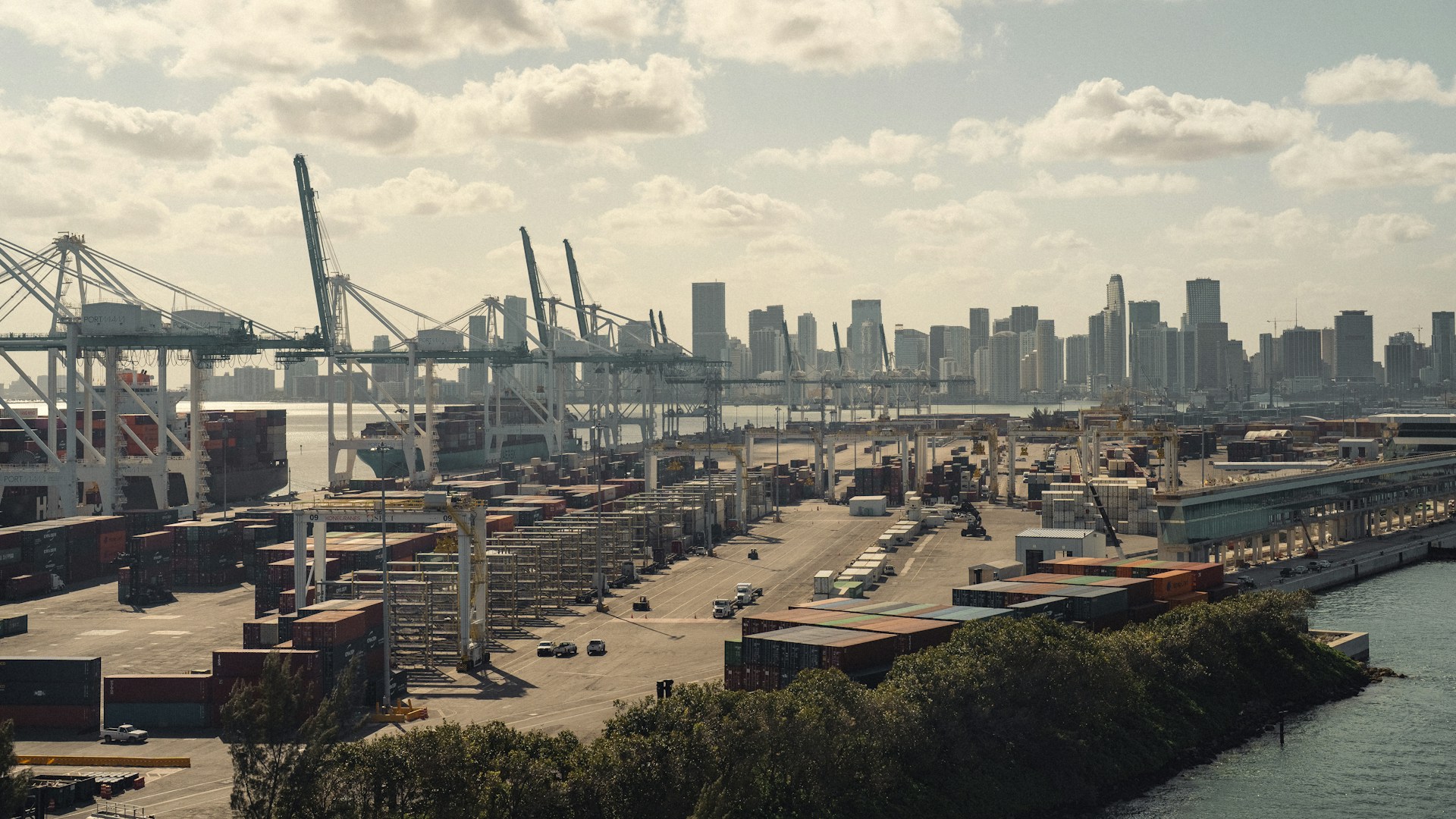The Department of Energy’s FY23 Budget requests $150 million for Title XVII loan guarantee program credit subsidy costs, which would increase available loan authority by $5 billion from $22.4 billion to $27.4 billion. The Title XVII Loan Guarantee Program guarantees loans to support early commercialization of advanced technologies like renewables, nuclear, and advanced fossil fuels. When the program awards a “loan guarantee,” it’s equivalent to the federal government promising it will pay back loans to lenders if the borrowers can’t.
DOE has used the program to provide debt financing for large-scale, capital-intensive, and highly risky projects, often without enough safeguards for federal taxpayers. For example, the program has guaranteed up to $12 billion for the Vogtle Reactors 3 & 4 construction, a nuclear plant project that is more than 6 years behind schedule and $17 billion over budget.
The subsidy cost is an estimate of the long-term cost of guaranteeing a loan and includes costs of covering interest subsidies, loan defaults and delinquencies. The subsidies cost is paid either through appropriations or by the borrower. The Loan Program Office (LPO) under DOE has a history of under-estimating the subsidy cost it makes projects pay. Although the Vogtle Plant was highly risk, over budget and behind schedule (and still is), the LPO put the credit subsidy cost for the loan guarantees at $0, a blatant disregard of the risks federal taxpayers are shouldering.
In FY2022, the President’s Budget requested to increase the loan authority by $1.5 billion, which would increase Title 17 program’s total authority from $22.4 billion to $23.9 billion. Instead of making loan guarantee recipients pay for the subsidy cost of $1.5 billion, DOE requested $150 million from Congress for subsidy costs. Thankfully, Congress did not fund this request in FY2022 and the Title 17’s loan authority did not increase either. But the FY2023 President’s Budget came back with another request to increase loan authority by $5 billion. And this time, the subsidy costs request is still $150 million.











Get Social